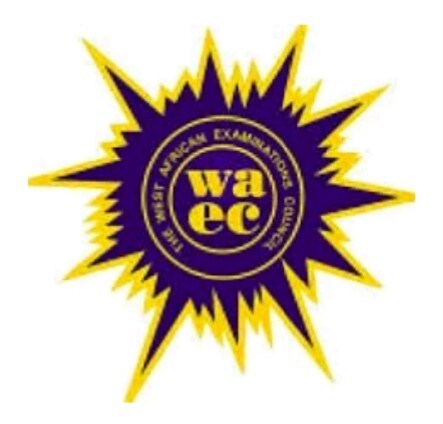Preparing for exams can be a daunting task, especially without proper guidance and resources.
In the case of Physics, the WAEC syllabus serves as a valuable tool to help students focus their studies and understand the key topics they need to cover.
This blog post highlights the aims and objectives of the Physics syllabus, the format of the exam, and provides an overview of the syllabus content.
It also includes a list of recommended textbooks to aid students in their preparations.
Physics Syllabus:
The WAEC Physics syllabus is designed to provide candidates with a comprehensive understanding of the basic principles and applications of Physics.
It is structured using a conceptual approach, covering broad topics such as matter, energy, waves, fields, and atomic and nuclear physics.
Each concept serves as a foundation for sub-concepts that further enhance students’ knowledge in the subject.
Aims: The primary aims of the Physics syllabus are as follows:
- Acquire a proper understanding of the basic principles and applications of Physics.
- Develop scientific skills and attitudes necessary for further scientific activities.
- Recognize the usefulness and limitations of the scientific method and appreciate its applicability in various disciplines and everyday life.
- Develop abilities, attitudes, and skills that encourage efficient and safe scientific practice.
- Foster scientific attitudes such as accuracy, precision, objectivity, integrity, initiative, and inventiveness.
Assessment Objectives:
The Physics exam assesses candidates’ abilities in the following areas:
- Acquisition of knowledge and understanding: Demonstrating knowledge and understanding of scientific phenomena, laws, definitions, concepts, scientific vocabulary, terminology, scientific apparatus, and scientific applications.
- Information Handling and Problem-solving: Using various forms of information to locate, select, organize, analyze, evaluate, and present data. Identifying patterns, explaining natural occurrences, and making predictions based on data.
- Experimental and Problem-Solving Techniques: Carrying out experimental procedures, making observations and measurements, interpreting and evaluating experimental data, identifying problems, planning investigations, and suggesting improvements.
Scheme of Examination:
The Physics exam consists of three papers: Papers 1, 2, and 3, all of which must be taken.
- Paper 1: Multiple-choice questions (50 marks, 1¼ hours)
- Paper 2: Short-structured questions and essay questions (60 marks, 1½ hours)
- Paper 3: Practical test or alternative practical work paper (50 marks, 2¾ hours)
WAEC Recommended Textbooks for Physics:
To supplement their studies, students are encouraged to refer to the following textbooks:
- Ike, E. E (2014) Essential Principles of Physics, Jos ENIC Publishers.
- Ike, E. E (2014) Numerical Problems and Solutions in Physics, Jos, ENIC Publishers.
- Nelson, M (1977) Fundamentals of Physics, Great Britain: Hart Davis Education.
- Nelson, M and Parker (1989) Advanced Level Physics (Sixth Edition), Heinemann.
- Okeke, P. N and Anyakoha, M. W (2000) Senior Secondary School Physics, Lagos, Pacific Printers.
- Olumuyionwa A. and Ogunkoya O. O (1992) Comprehensive Certificate Physics, Ibadan: University Press Plc.
Conclusion
the WAEC Physics syllabus is a vital resource for students preparing for their exams.
It provides a clear structure and focus for their studies, covering essential topics and concepts in Physics.
By using the syllabus as a guide and referring to the recommended textbooks, students can enhance their understanding of the subject, develop scientific skills, and increase their chances of success in the examination.






